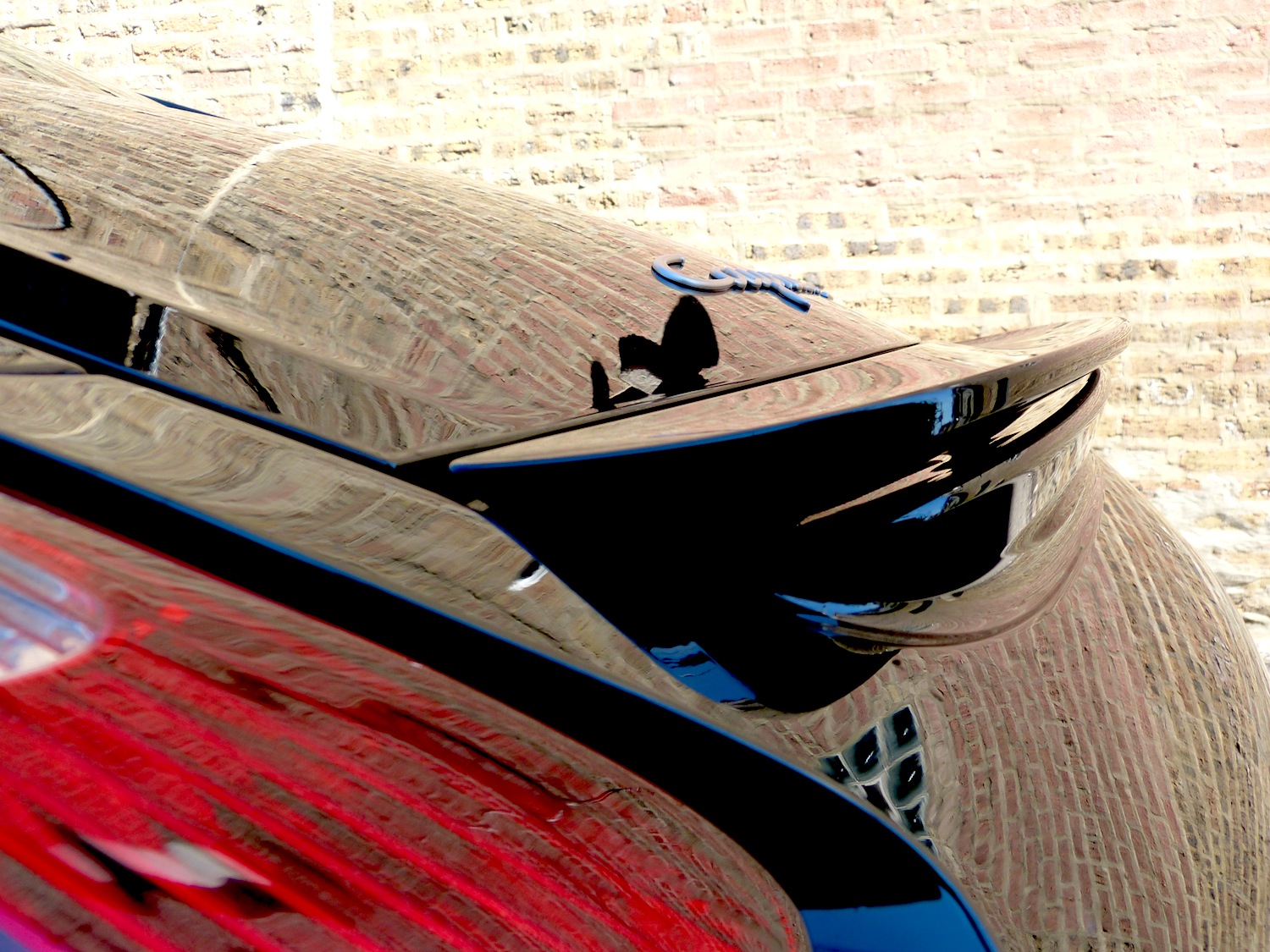The dial on the Audemars Piguet Royal Oak is one of the most iconic dials in the watch world and there is more than meets the eye to its making and different textures. Audemars Piguet released the Royal Oak in 1972 with a dial featuring a ‘Clous de Paris’ guilloché motif that is referred to by AP as ‘petite tapisserie’. Then in 1993, the Royal Oak Offshore was released with a similar type of tapisserie but there are small nuances between the two and the rest of Royal Oaks and Royal Oak Offshores out there.
Insider: Understanding the Different Types of Audemars Piguet Tapisseries and How They're Done
We often run into watch collectors that frequently mistaken one type of Audemars Piguet tapisserie for another. Even though we have explained this topic in the past, we decided to to a revised post with more images and further explanation on the matter. While many know their names, few know the real difference between them. Additionally, many don't know how these dials are done and which models feature a stamped dial plate versus a rose engine machines one. The iconic 'Clous de Paris' guilloché pattern on the Royal Oak dials and Royal Oak Offshores is one of the most unmistakable elements of their design.
Macros: Audemars Piguet Royal Oak and Royal Oak Offshore Dials. The Different Types of Tapisseries.
We often run into watchlifestylers that are curious about the differences between the different types of 'tapisseries' on the Audemars Piguet Royal Oak and Royal Oak Offshore dials. While many know their names, few know the difference between them. Now, how does Audemars Piguet create these iconic 'Clous de Paris' guilloché pattern dials?
The brass dial is engraved by a burin —a precision metalwork chisel— that reproduces the motif on a disc attached to the machine, like a pantograph. A pointer rotates across the disc from the periphery to the center. The system is combined with a tool that forms the little lozenges between the pyramidal squares and takes between 20 and 50 minutes, depending on the dial's diameter. It's a delicate operation. A mere skip is all it takes to damage the piece as the slightest impact is as visible as dust on a mirror. Here's a video courtesy of Audemars Piguet showing the work to create one of these iconic dials.
Insider: Porsche Cayman S. The Watchlifestyler Choice.
A Royal Oak Jumbo 5402SA inside the Cayman S.
Without a doubt, the Cayman S is one of the Porsches with the best driveability and handling on the road. Fitted with a 3.6 Liter engine, 6-cylinder and 295 hp @ 6250 rpm is definitely a joy to drive. The Cayman S has quickly turned into one of our favorite Porsches. What the Cayman S lacks in power it overdelivers it in cornering.
With its mid-engine, the Cayman S grips to the tarmac like a bear claw grips to a tree bark. The interior of the Cayman S is very simple, yet a clear resemblance of the older Porsches from the 70's and 80's with very clean dashboards and straight forward easy to read instrument panels.
The engine is loud and finely tuned like on any other Porsche. Sometimes you find yourself turning the radio off just to enjoy the symphony from the exhaust and the exhilarating adrenaline rush that you get every time you step on the gas. The Cayman S is and will continue to be the Porsche with the best stability and handling.
The overall driving experience has no substitute. For more info on the Porsche Cayman S click here.
























